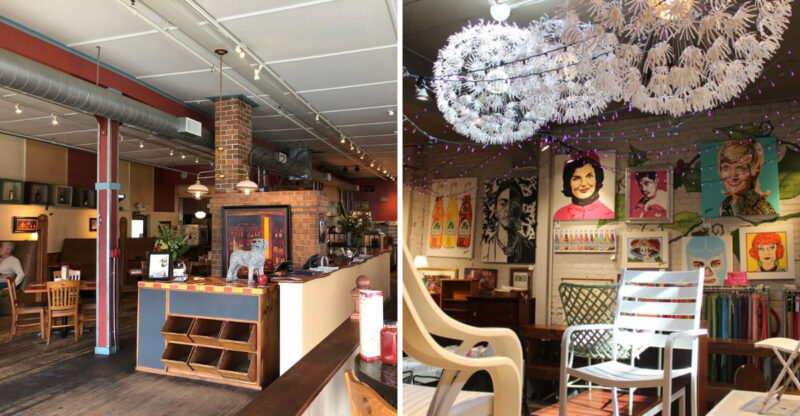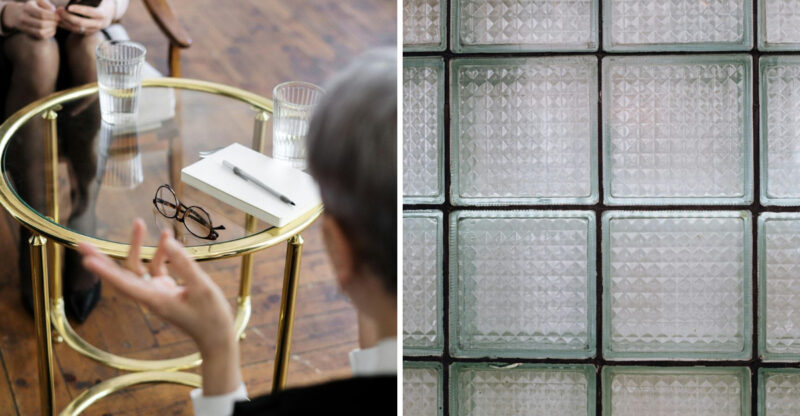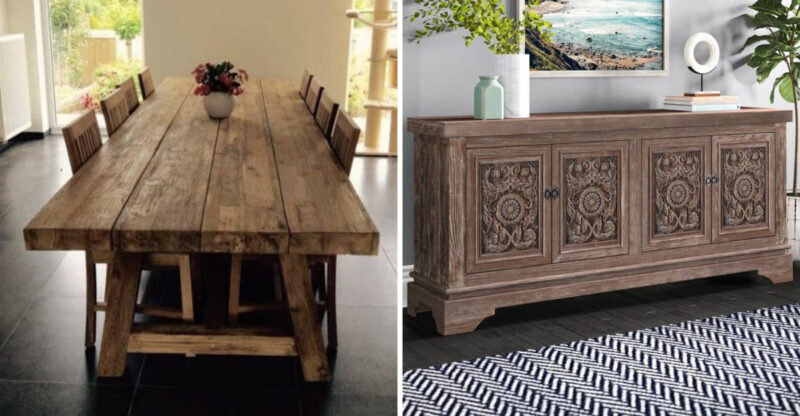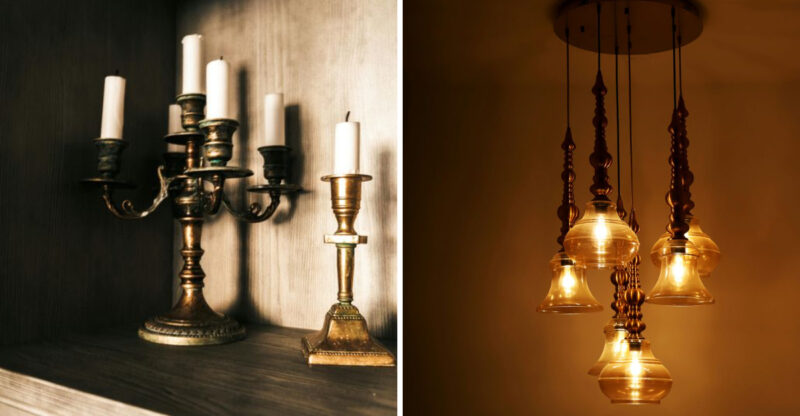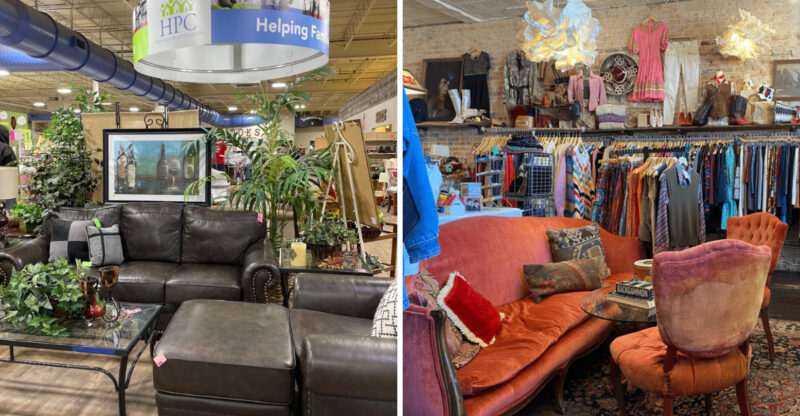7 Depression Glass Patterns Chicago Antique Lovers Say To Watch For
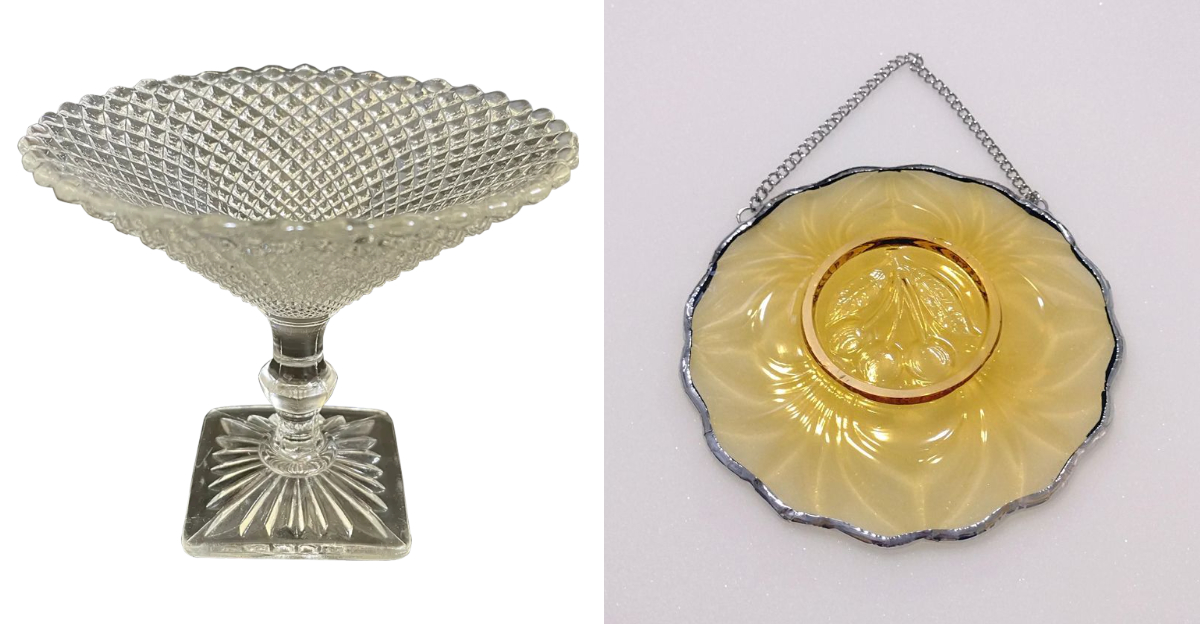
Depression glass, those colorful translucent dishes made during the 1920s-1940s, has become a treasure hunt for Chicago collectors. These affordable pieces were often given away as promotional items during the Great Depression, bringing a splash of color to otherwise difficult times.
Chicago’s vibrant antique scene has particular favorites that seasoned collectors always keep an eye out for when browsing estate sales, flea markets, and antique shops throughout the Windy City.
1. Cherry Blossom Pink Pattern
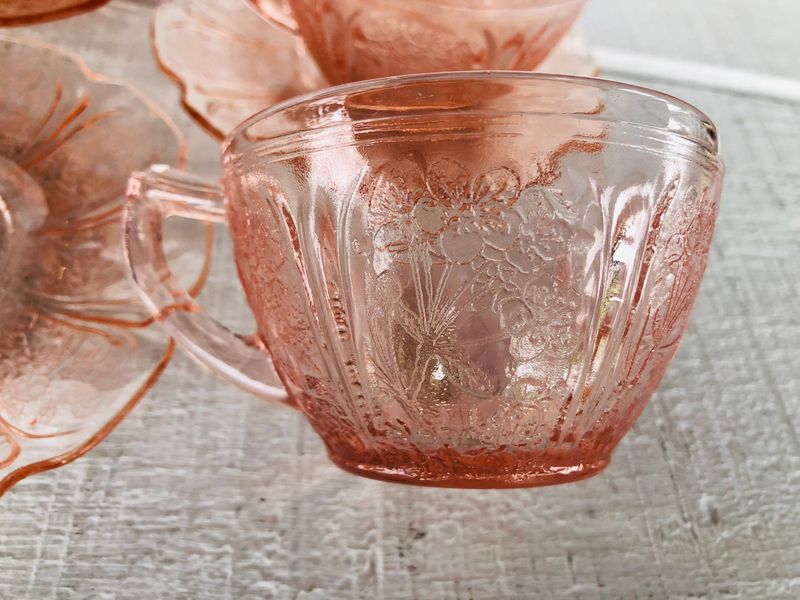
Delicate pink glass adorned with Japanese cherry blossoms creates an instant visual appeal that Chicago collectors can’t resist. It catches the eye immediately.
The soft pink hue combined with the intricate floral pattern makes this one of the most sought-after depression glass designs in Midwestern collections. Manufactured by Jeannette Glass Company from 1930 to 1939, genuine pieces feature a distinctive raised pattern.
Collectors prize each piece. Chicago antique dealer Martha Winters notes that complete sets rarely appear in the wild.
2. American Sweetheart Monax

Unlike its colored counterparts, American Sweetheart Monax stands out with its milky white appearance that Chicago collectors adore. MacBeth-Evans produced this elegant pattern between 1930-1936, creating pieces that seem to glow when placed near a window.
The pattern features delicate lacy designs with scalloped edges that feel distinctly feminine and refined. Many Chicago collectors begin their depression glass journey with this pattern because of its versatility in home decor.
While most depression glass was colored, Monax was created specifically to compete with more expensive fine china. It offers Depression-era households an affordable touch of elegance.
3. Madrid Blue Dinnerware

Madrid Blue captures the bright cobalt color that makes vintage glass enthusiasts stop in their tracks at Chicago antique shows. Federal Glass Company produced this striking pattern from 1932 to 1939, creating instantly recognizable pieces with their distinctive geometric design.
What makes Madrid special is how the deep blue color catches light differently throughout the day. Chicago collector James Moretti suggests checking for authentic pieces by holding them to natural light – genuine Madrid Blue has a consistent color with no streaking.
Dinner plates in this pattern remain particularly valuable. Often commanding prices three times higher than comparable pieces in other colors.
4. Cameo Green “Ballerina”
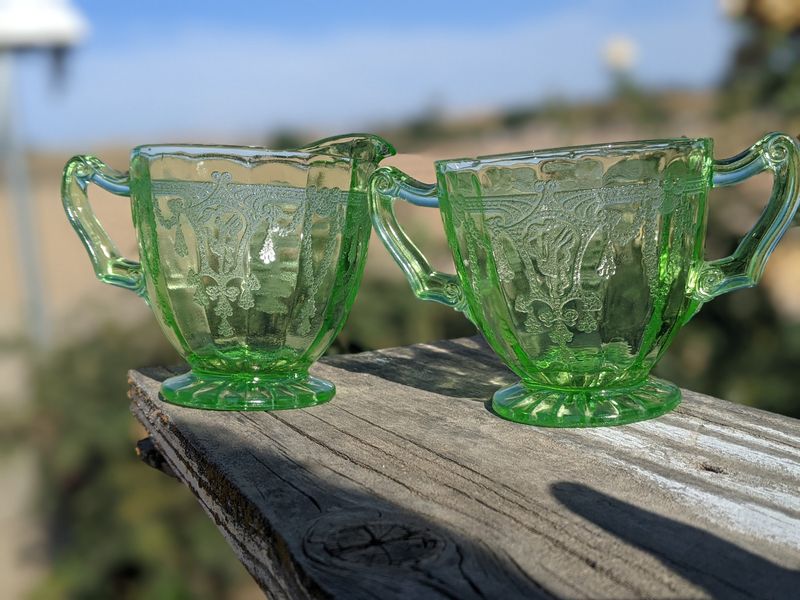
The soft jade green of Cameo pattern glass (nicknamed “Ballerina” by collectors) dances gracefully in Chicago’s antique markets. Hocking Glass Company crafted these elegant pieces between 1930-1934, featuring a charming design of dancing female figures that gives the pattern its nickname.
Chicago’s Lincoln Square Antique Mall reports this pattern consistently sells within days of appearing. The most prized finds include the harder-to-locate serving pieces like butter dishes and covered candy jars.
When hunting for authentic Cameo, examine pieces carefully. Look for the distinctive raised dancers and ensure the green color has a consistent, slightly bluish undertone rather than a yellowish cast found in reproductions.
5. Royal Ruby Red Bubble Pattern
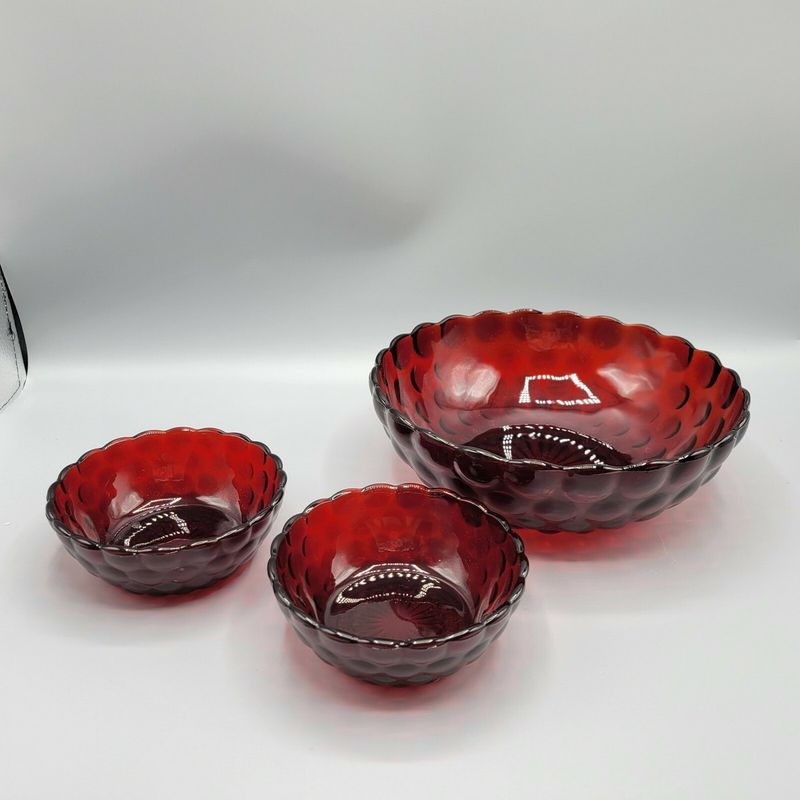
Ruby red glass with bubbles trapped inside creates a dramatic statement piece that Chicago collectors scramble to find. Anchor Hocking introduced this rich, deep red pattern in the late 1930s, continuing production into the early 1940s.
The distinctive bubble pattern appears as small air pockets suspended within the glass itself, creating a fascinating visual texture. Chicago’s Randolph Street Market vendors report that even small Royal Ruby pieces can command premium prices, especially rare forms like cream pitchers and sugar bowls.
Watch for the distinctive fire-engine red color – reproductions often appear more orange-tinted. Or lack the depth of color that makes authentic pieces so captivating.
6. Princess Amber Pattern

Honey-colored glass with an intricate geometric design makes Princess Amber a standout favorite among Chicago’s depression glass hunters. Hocking Glass Company produced this warm-toned pattern between 1931-1934, creating versatile pieces that complement many decor styles.
The pattern features raised diamond shapes that catch light beautifully, especially when displayed in Chicago’s vintage-themed cafes and restaurants. Local antique expert Thomas Quinn recommends checking the bottom edge of Princess pieces for a slight seam – a telltale sign of authentic depression-era manufacturing.
Cups and saucers in this pattern remain surprisingly affordable entry points. Even for new collectors compared to other patterns.
7. Miss America Crystal Clear
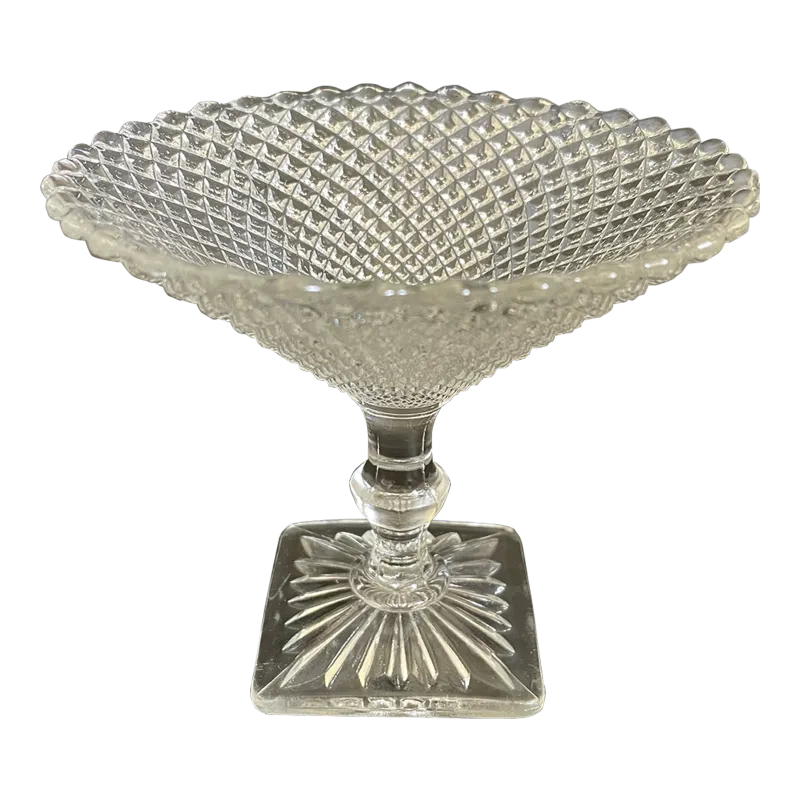
Crystal clear glass with an elaborate pattern of curved lines and squares makes Miss America instantly recognizable to Chicago’s seasoned collectors. Hocking Glass Company produced this sparkling pattern from 1935-1937, creating pieces that shimmer beautifully under light.
Despite lacking color, Miss America’s intricate design makes it highly desirable. The pattern’s short production period means authentic pieces appear less frequently in Chicago’s antique circuit.
Hyde Park collector Rebecca Chen suggests looking for the distinctive scalloped edges and sharp pattern definition Serving pieces like the cake plate with center handle remain the most valuable finds in this elegant pattern.

